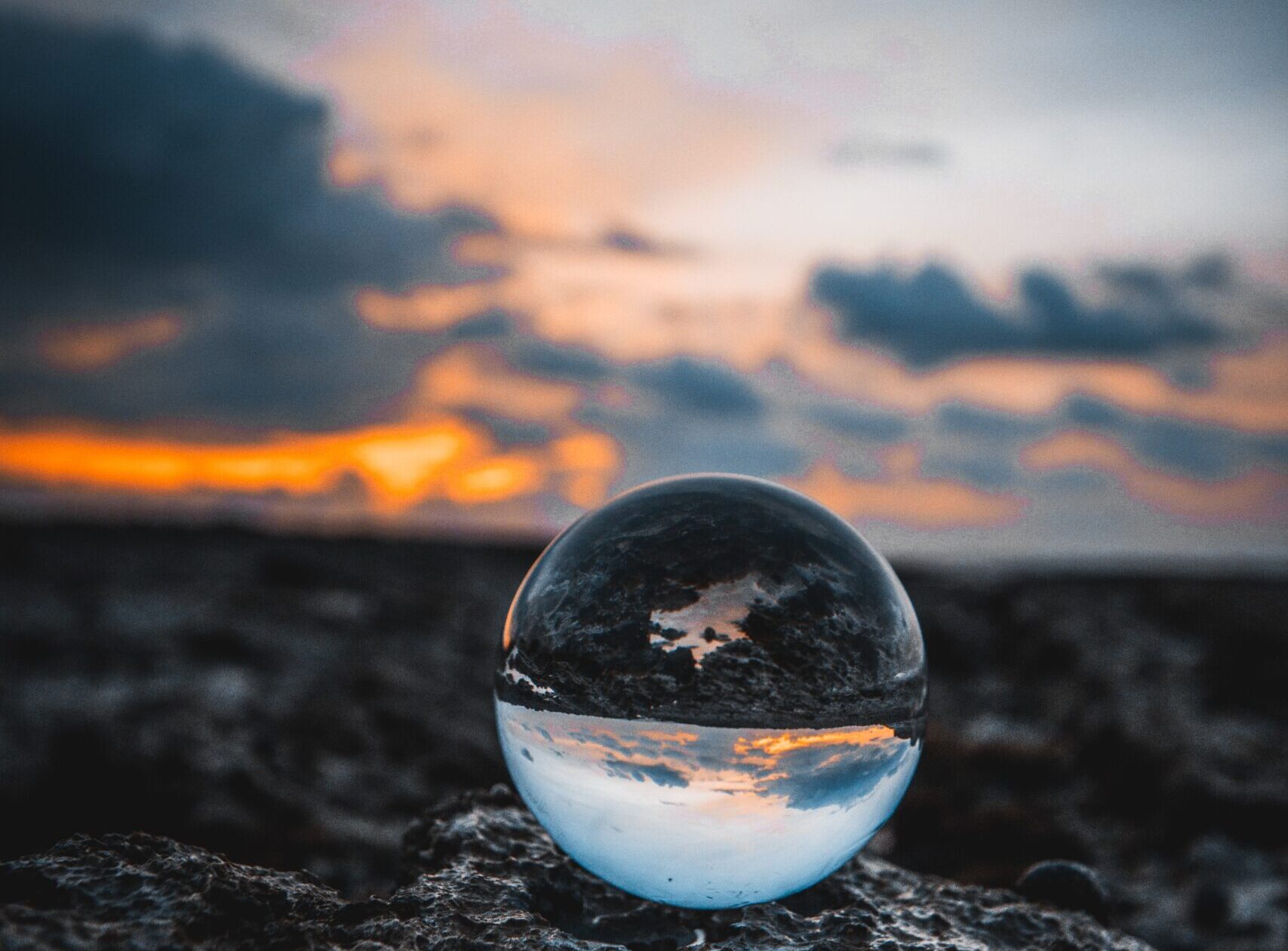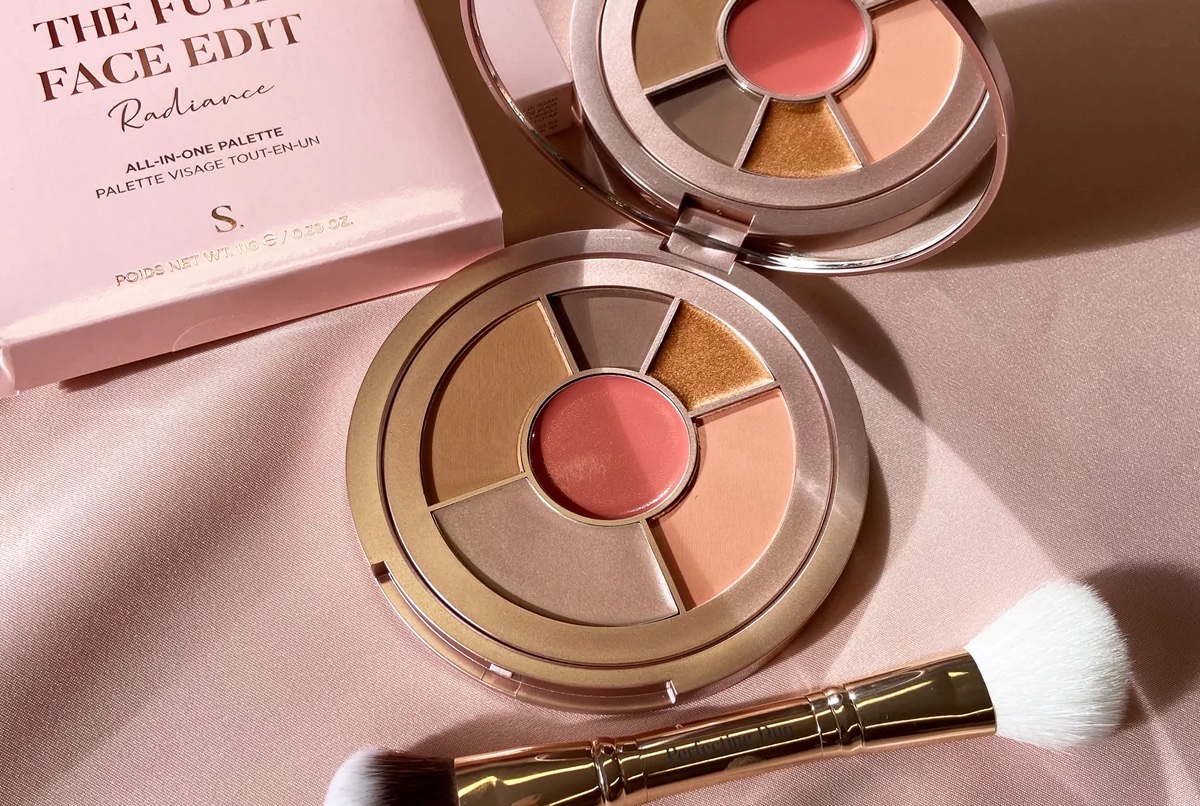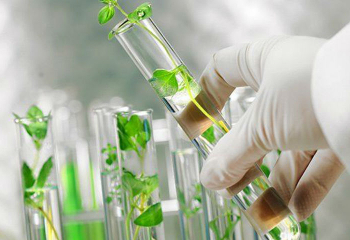Ingredient Sourcing
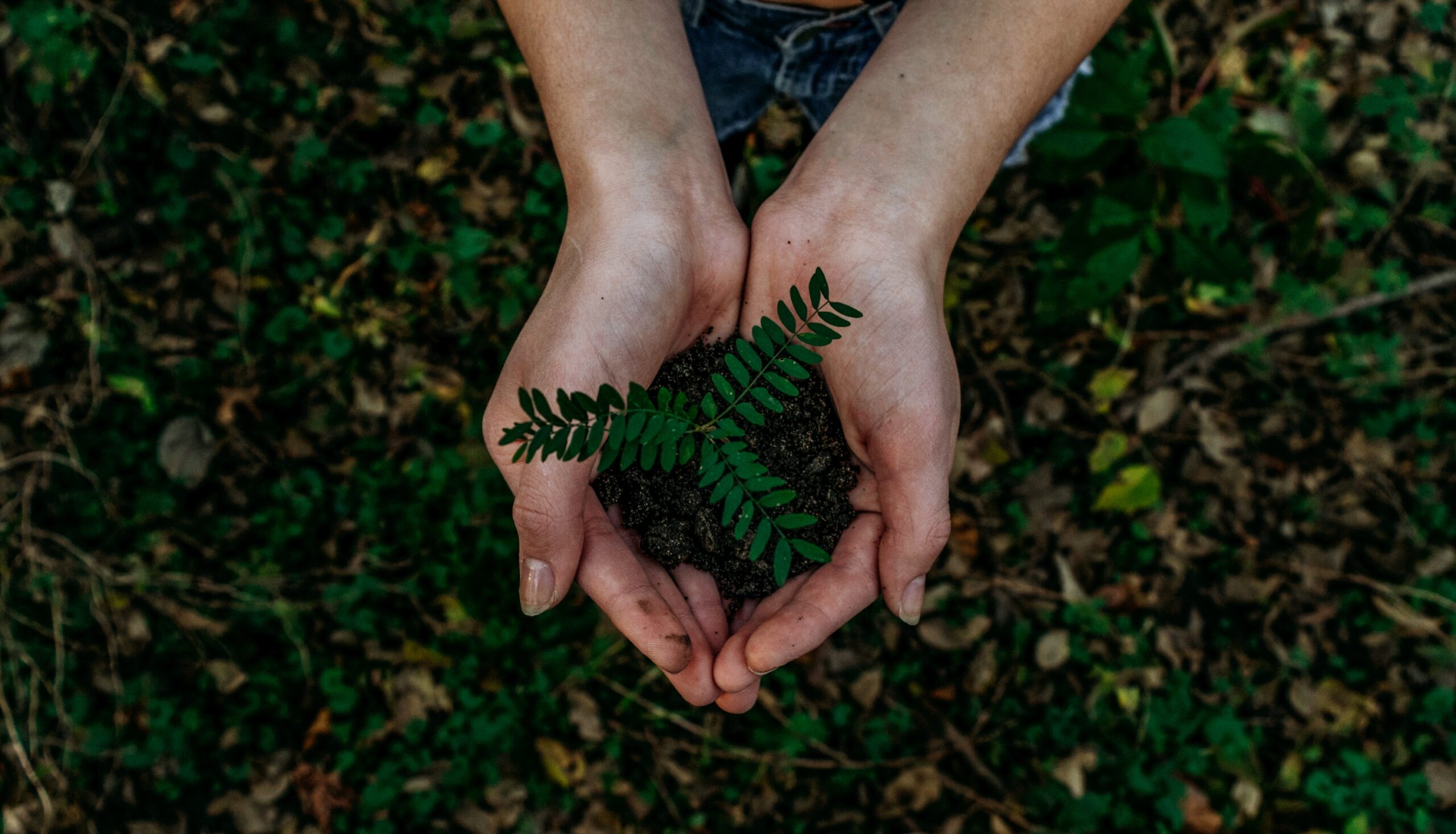
Why: How a company chooses to source its ingredients is one of the most critical sustainability factors to consider when evaluating beauty brands.
What To Look For: A sustainable beauty brand will prioritize using ingredients that are all ethically and sustainably sourced, such as those from renewable resources or those produced through fair trade practices. They also will use ingredients that are non-toxic, cruelty-free, and that have minimal impact on the environment.
The Result: Collectively, this can help to reduce the overall environmental impact of the entire beauty industry and promote positive social and economic outcomes for communities around the world.
Packaging & Manufacturing Processes
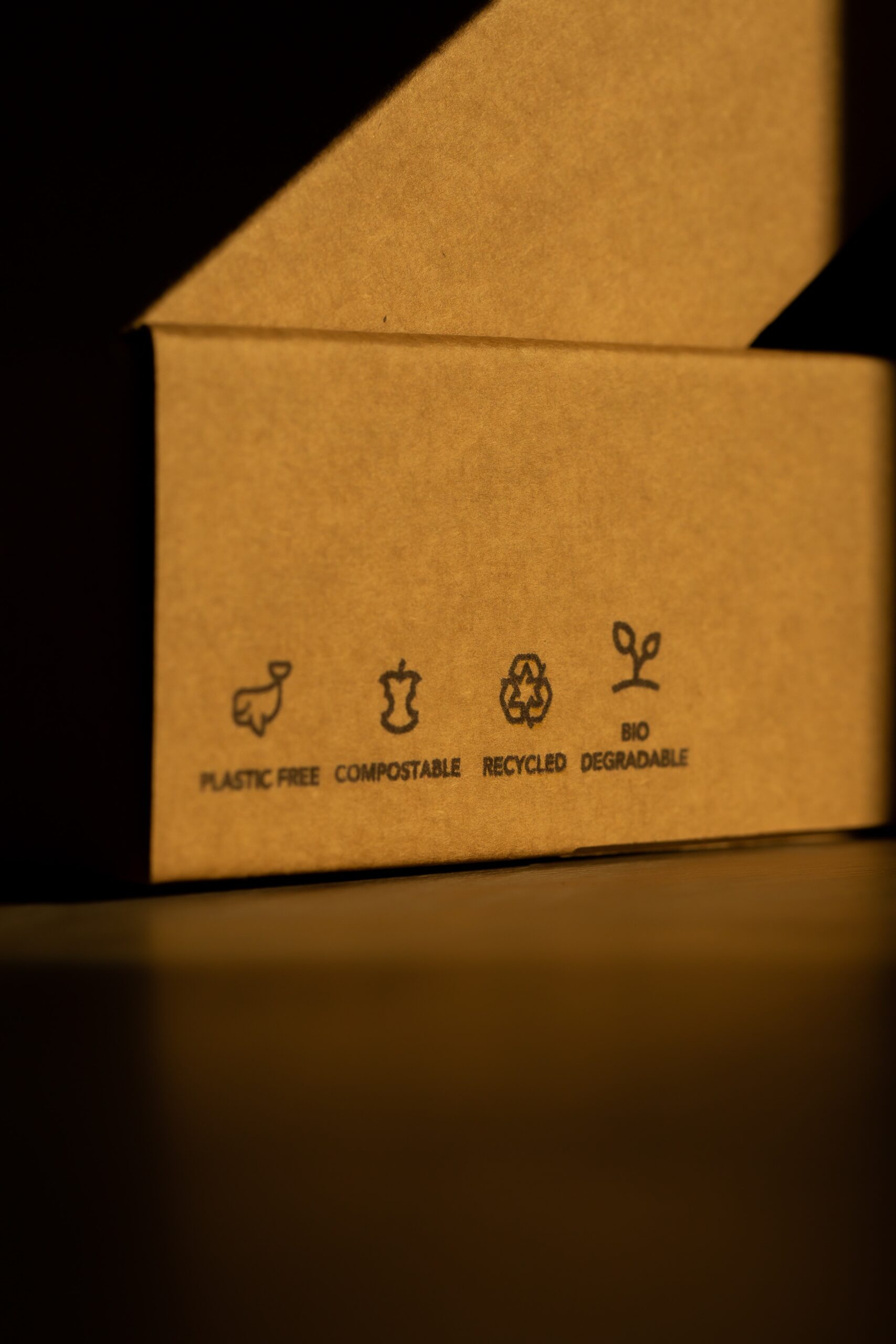
Why: Packaging and the manufacturing processes used by beauty brands are also critical sustainability factors to consider when evaluating beauty brands.
What To Look For: Sustainable brands will use packaging that is recyclable, refillable or biodegradable, and that require the use of minimal materials. They also avoid using excess packaging and prioritize using sustainable materials such as glass, metal, or paper.
The manufacturing processes used by beauty brands can also have a significant impact on the environment. Sustainable brands opt for manufacturing processes that minimise waste and energy consumption. They use eco-friendly production techniques, such as using renewable energy sources, reducing water consumption, and minimizing carbon emissions. They also prioritise ethical labor practices and worker safety.
The Result: Sustainable packaging can help to minimise the amount of waste generated by the beauty industry and reduce the environmental impact of packaging materials. While sustainable manufacturing can help to reduce both the overall environmental impact of the beauty industry and the carbon footprint of beauty products.
Cruelty-Free Testing
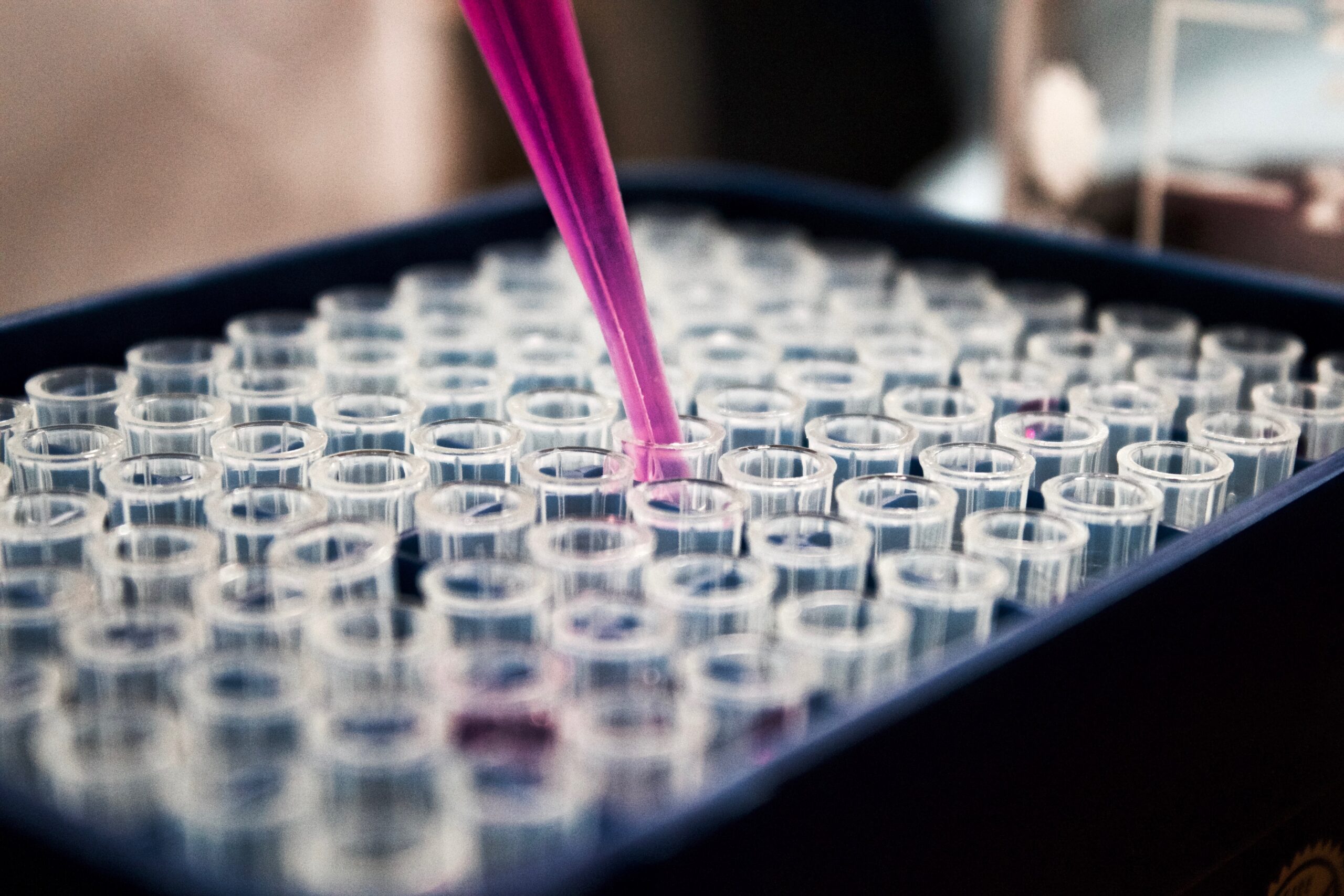
Why: Some beauty brands still rely on animal testing to assess the safety and efficacy of their products.
What To Look For: Cruelty-free beauty brands will ensure they use cruelty-free testing methods and avoid the use of animals in their testing processes. This applies to not only their finished products but also along the supply chain – cruelty-free brands ensure that the ingredient suppliers they use also don’t test on animals. Instead, they use alternative testing methods, such as in vitro testing or computer modelling, to ensure the safety and efficacy of their products.
The Result: This can help to reduce animal suffering and promote more ethical practices in the beauty industry. Global pressure on China (the sole country that was still requiring animal testing for cosmetic products) has led to it slowly lightening its regulations. Previously it required all beauty brands to fund and conduct both pre-market and post-market animal testing. In 2021 it stopped requiring pre-market animal testing but it took until January of this year for it to announce that it no longer requires post-market animal testing either.
However, don’t just assume that this means that brands sold in China haven’t done animal testing. There are still lots of preconditions that brands have to meet in order to bypass animal testing including: that they only sell general cosmetics (like makeup, haircare, skincare, nail polish and perfumes); and that they don’t sell special cosmetics like sunscreens, hair dye or products designed for children. They also need to ensure that their products are either manufactured or that final assembly is done in China, or if both of these steps are done outside of China that they have all of the necessary safety certifications.
Social Responsibility

Why: Finally, social responsibility is a critical sustainability factor to consider when evaluating beauty brands.
What To Look For: Fair labor practices, ethical sourcing and brands that support local communities through their supply chain and charitable initiatives. They also ensure transparency in their operations, such as disclosing their environmental impact, ingredient sourcing practices, and social responsibility efforts.
The Result: This can help to promote positive social outcomes and lead to the beauty industry operating in a way that benefits all stakeholders.
How to Check if Your Favourite Brands Are Sustainable
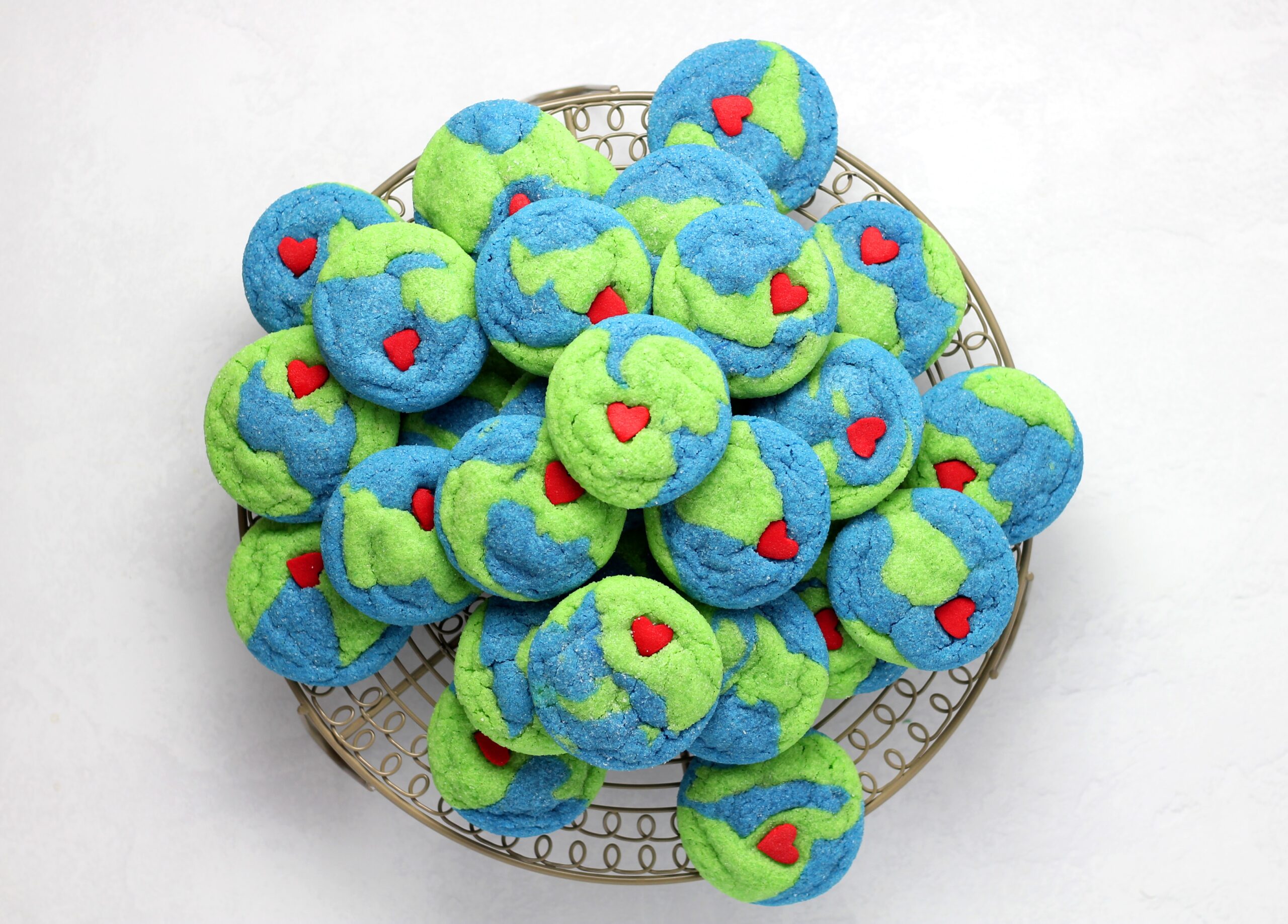
Look for certifications: Some of the most recognized certifications in the UK and EU include:
COSMOS – A European standard that applies to organic and natural cosmetics. It sets requirements for ingredient sourcing, production processes, and packaging.
The Soil Association – A UK-based organisation that offers organic certifications for food, beauty, and textiles. They have a range of certifications for beauty brands, including COSMOS Organic and COSMOS Natural.
The Vegan Society – A UK-based organisation that certifies products as vegan. This certification indicates that a product does not contain any animal products or byproducts and has not been tested on animals.
Leaping Bunny – This certification indicates that a product has not been tested on animals. It is recognized by organizations in both the EU and UK.
Fairtrade – This certification indicates that a product has been sourced from producers who receive fair prices for their goods and are working under safe conditions. It is recognized in both the EU and UK.
B Corp – B Corp Certification looks at every aspect of a company and is only granted when a business meets high standards of performance, accountability, and transparency across a range of factors including employee benefits, charitable giving, supply chain practices and input materials.
Research the brand’s sourcing and packaging practices: Many sustainable beauty brands share information about their ingredient sourcing practices and packaging on their websites. Look for information about where ingredients are sourced, how they are harvested, and whether the brand uses fair trade practices and sustainable packaging materials.
Check for third-party audits: Some brands conduct third-party audits to ensure their sustainably credentials. Look for information about these audits on the brand’s website or reach out to the brand directly to inquire.
Read reviews: Look for reviews from other customers or beauty bloggers who have researched the brand’s ingredient sourcing practices. They may have information or insights that can help you determine whether the brand is using sustainable ingredients.
By taking these steps, you can make informed decisions about the sustainability practices of the beauty brands you choose to support.
The ultimate edit – the hottest products, the latest looks, the greatest places.
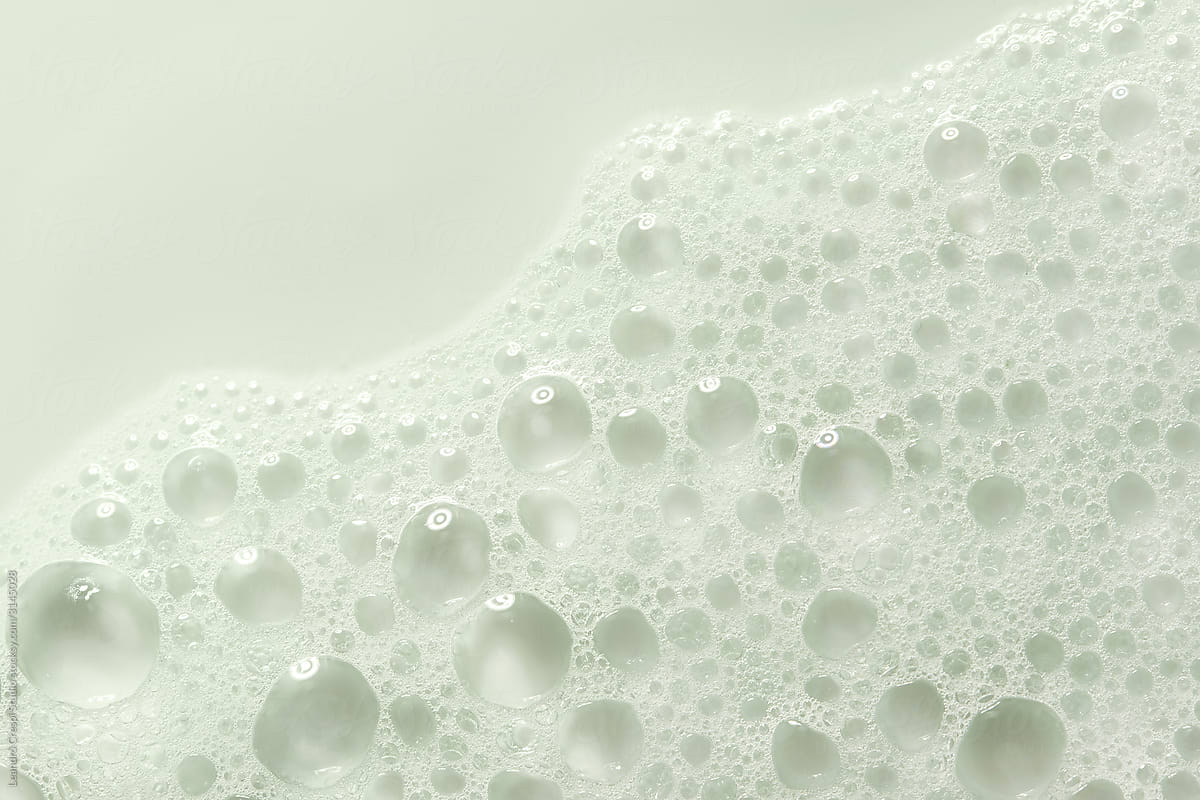
Become a Hunter.
Become part of a savvy group of beauty, grooming & wellness Hunters - try products and places for free, vote on whether they deliver & get exclusive offers & invitations.
Join Us